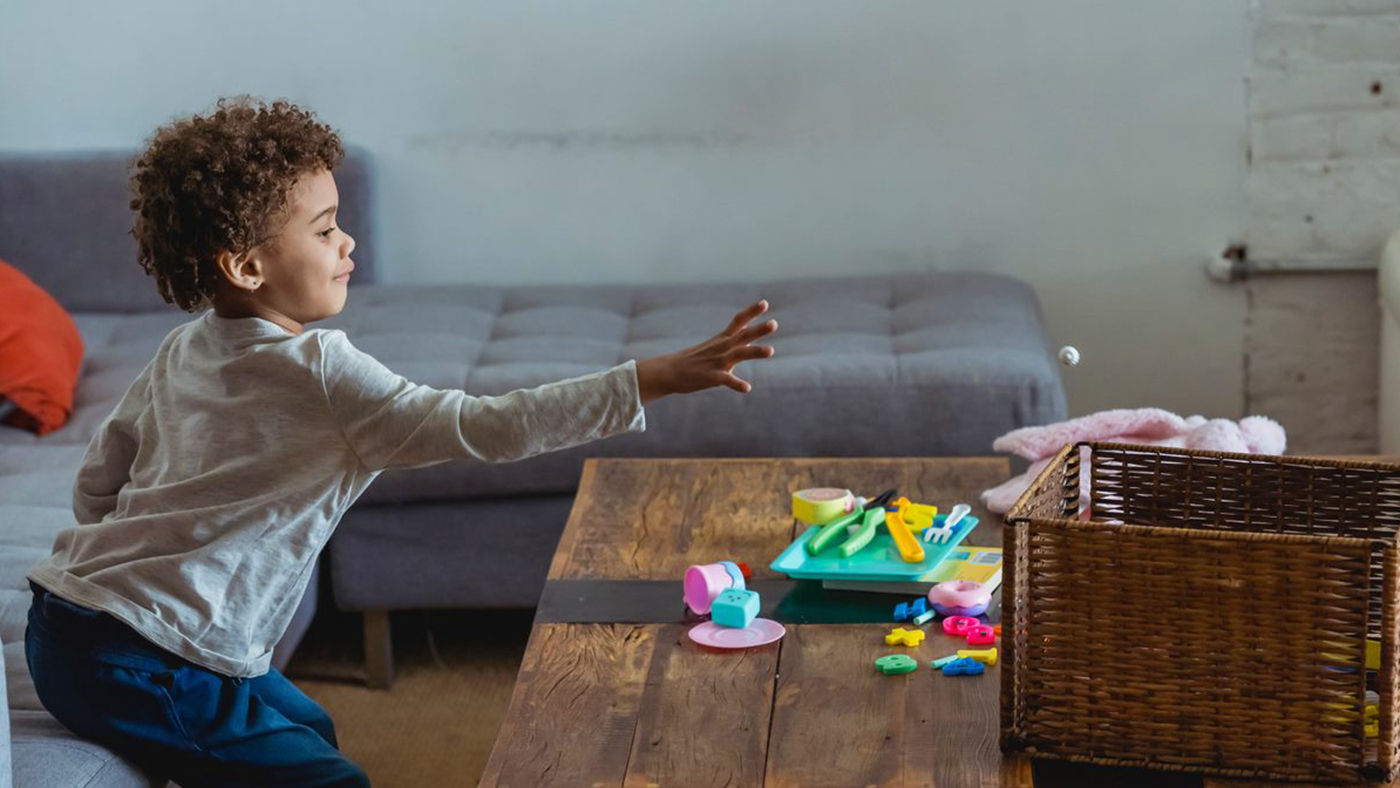Should you know by now if your child is left- or right-handed?

A person’s preference for using either their left or right hand is known as hand dominance. Your child’s left or right ‘handedness’ is in its very early stage of development, and while they may start to show more use of one side over the other, it’s unlikely to be consistent at this stage.
Spotting which hand they are showing a preference for...
Everyday activities, such as painting, throwing a ball, picking up or reaching for objects, can all offer a clue as to which hand your child is preferring to use.
When you’re playing, try to tune into their actions and notice if they tend to use one hand more than the other – it is perfectly normal at this stage if they don’t and seem to switch between hands depending on the task.
What if my child is still using both hands? Should I be trying to get them to make a choice?
This is completely normal. Children usually master hand dominance when they are around five years old, so it might not be something your child has decided on even as they start school (depending on their birthday and own preferences), and this is absolutely fine!
For a very small number of people, hand dominance will never emerge as they are ambidextrous and so able to use either hand equally well for tasks like writing.
There is no rush for your child to choose a dominant hand, but there are ways to make it easier for you to spot when they do.
If you feel they might be developing a preference, or want to spend a bit more time learning what they might be leaning towards at the moment, one simple way is to be careful about where you place items for them.
So, when passing over a toy or giving them a snack, place it near the centre of their body (instead of closer to their right or left side). This makes it more likely they will use their preferred hand to reach for it, instead of going for the hand which is closest to the item.
Here are some ways to play which will give you plenty of opportunities to notice which hand your child might be preferring at the moment:
- Set up a track for cars or trains. Notice which hand is used most when pushing the vehicles along.
- Play with containers or jars that have lids for them to open, and notice which hand holds the jar to keep it still and which is used to move the lid. The moving hand is usually dominant.
- Place finger foods in front of them and see which hand they use to eat with.
- Provide opportunities for your child to pour, perhaps filling their own cup from a small jug or playing with containers in the bath. They might use their dominant hand to pick up and pour from the vessels.